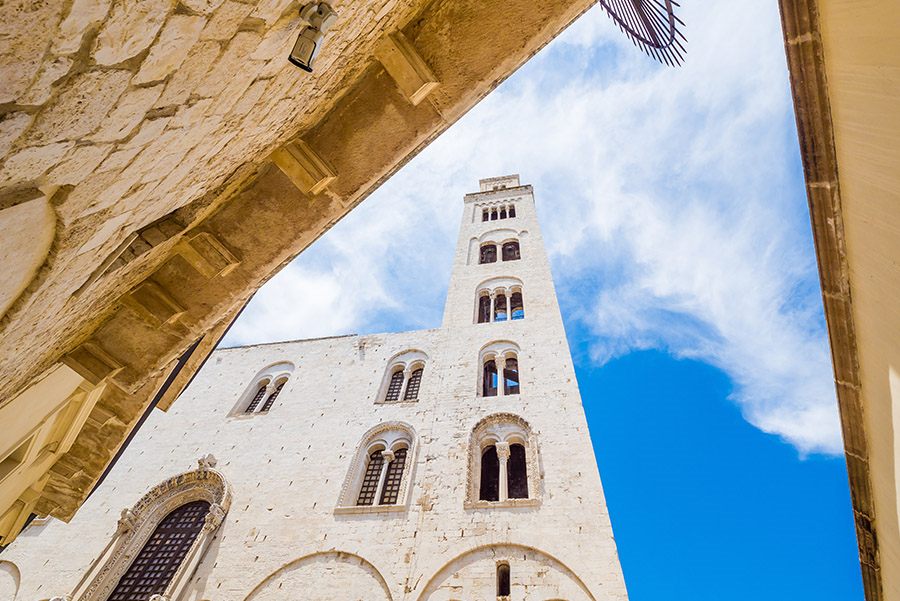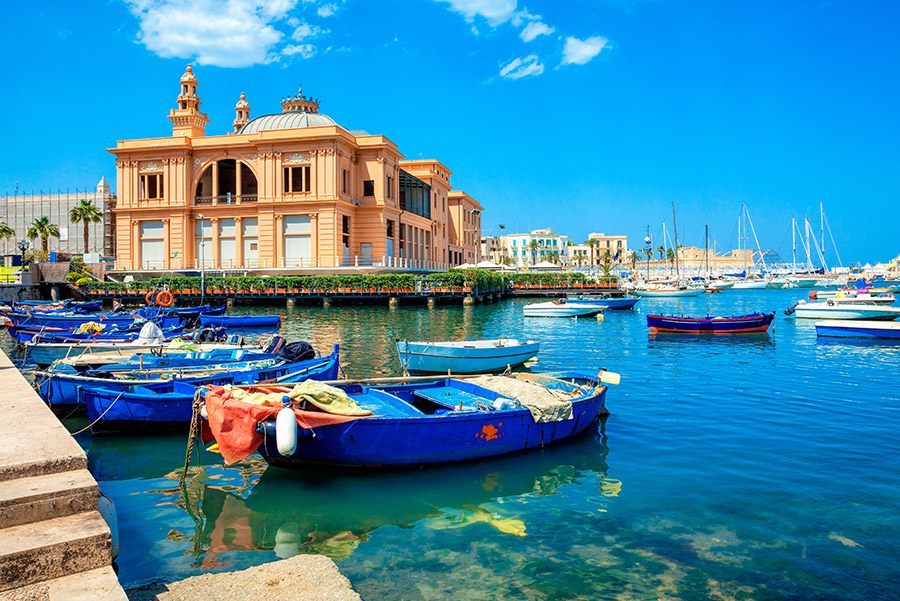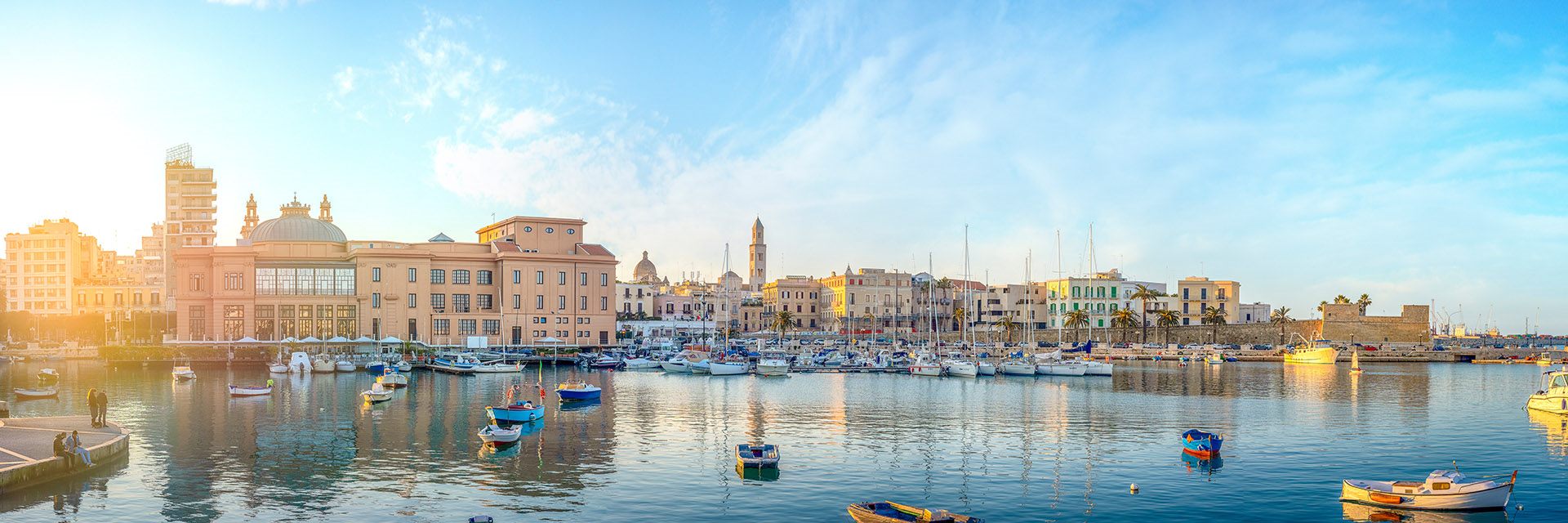Bari is a city steeped in culture and history, also known as the “Gateway to the East” due to its imposing port overlooking the Adriatic Sea. A must visit destination for a tour to discover Puglia,as well as a privileged destination for a weekend dedicated to art and the sea, it is easily accessible even from the most distant Italian regions thanks to its airport, named after Pope Karol Wojtyla and also called Palese Airport due to its proximity to the neighborhood of the same name. However, the airport is located at about 15 km from the city center, therefore there are two solutions to reach the capital of Puglia: public transport or car rental in Bari, at the airport. This second option also has a further advantage: traveling independently is the best way to fully enjoy the beauty of these places without being tied to the availability and timetables of public transport. That’s why the perfect solution is to contact a company that provides a car rental at Bari airport. To ensure a smooth organization, we advise you making an advance reservation with Acarent. Once you have landed, you can pick up your rental car directly at the airport.

What to see in Bari
Once you reach the destination, the best way to move around the city, as far as the historic center is concerned, is on foot. Bari Vecchia , in fact, is characterized by narrow streets and alleyways that maintain its folkloric charm and preserve a precious architectural heritage from various eras, with the Baroque period being is the most influential. Bari Vecchia is perched on a limestone rock overlooking the sea and hosts the most representative monuments of the city, interspersed with numerous shrines. The first of over 40 churches to visit is the Basilica of San Nicola, the true pulsating heart of Bari Vecchia. It was built in the 11th century on the site of a Byzantine palace to house the relics of Saint Nicholas of Myra, who is revered by both the Catholic and Orthodox Churches. For this reason, the basilica serves as a point of reference for both religions, coexisting and celebrating their rituals within these walls. Externally, the structure fully embodies the canons of Puglian Romanesque architecture, appearing majestic in its simplicity. The interiors, on the other hand, surprise with their golden wooden ceilings that overlook the three aisles separated by rows of columns.
Another symbolic building is the Normanno-Svevo castle , initially built by Ruggero the Norman and rebuilt by Federio II of Svevia. Today it appears as a building with an irregular plan, due to the continuous expansion works that took place until the nineteenth century. Today, numerous temporary exhibitions and cultural events take place in the halls of this fortress.
The Murat district and the seafront
In addition to the historic center, the city shows itself to visitors with a second soul, more suitable for those who want to spend a relaxing afternoon: the Murat district , which owes its name to Gioacchino Murat, who conceived its construction as an extension of Bari Vecchia . In this area it is easier to get around by car than in the city centre, for example by using the car rental service from Bari airport. In any case, there is no shortage of connections with public transport: this district also houses the Central Station and reaches as far as in Corso Vittorio Emanuele. The streets are populated by 18th and 20th century buildings, alternating with boutiques bearing the signs of important brands in the fashion world. Very popular is the comparison of this district with the streets of Paris, which reproduce the atmosphere. An unmissable area for shopping enthusiasts and also for those who want to taste the local specialties, indulging in a typical lunch in one of the numerous restaurants that offer, for example, the famous orecchiette with cime di rapa.
Proceeding towards the sea, you come across the Petruzzelli Theater , the largest in the city and also one of the most considerable nationwide in terms of size. It was built by the homonymous brothers to make up for the reduced capacity of the already present Teatro Piccinni. Restored to its original beauty after the fire that destroyed it in 1991, today the theater hosts numerous shows, including musicals, plays of various kinds and concerts. Finally, it is impossible not to mention the Bari seafront , which always offers a valid starting point for a relaxing walk, letting your gaze wander between the Adriatic and some late Liberty style buildings. In front of the port, moreover, there is the Fortino di Sant’Antonio Abate, built for defensive purposes in the eighteenth century and today home to numerous exhibitions and important events.


